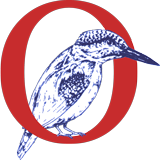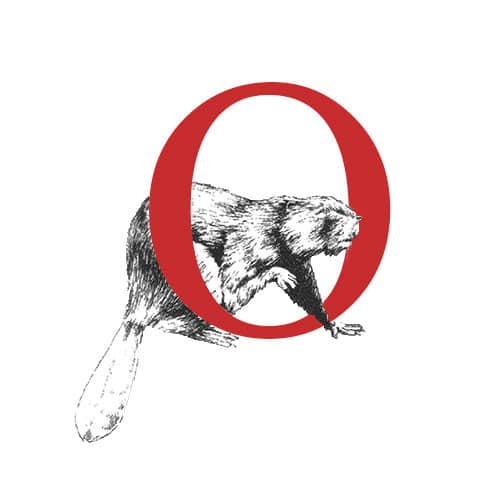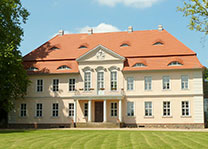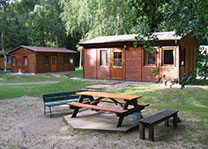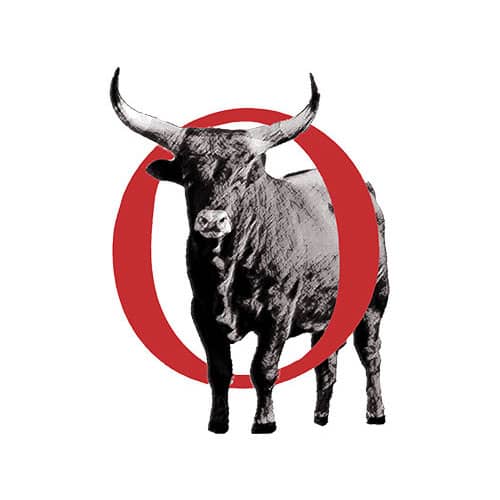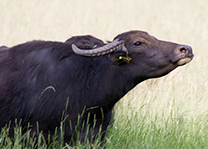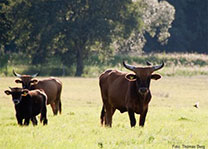Nocturnal goose hunt in the Polish landscape protection park “Unteres Odertal” drives the cranes out of the region
The chairman of the Association of Friends of the German-Polish European National Park Unteres Odertal e. V., Thomas Berg, criticizes the evening and night goose hunt in the Polish part of the International Park Unteres Odertal, which has been observed since the beginning of October:
“The great halali on wild geese in the Polish landscape protection park Unteres Odertal does not kill the cranes directly, but it worries them so much that they are increasingly leaving the area and will avoid it in the future. This means that the region is losing one of its major tourist attractions. The association therefore turns to those responsible on the Polish and German side with the request to finally put an end to night waterfowl hunting and not to hinder the development of tourism in the Lower Oder Valley any further ”.
On October 5th, 2004 around 8,000 resting cranes were observed at their roosts in the Polish Zwischenoderland. This was the climax of the crane migration. On the evening of October 7th, 10–12 shots were fired east of Gartz / O., Presumably targeting the bean geese and white-tailed geese resting in the area rather than the cranes themselves. The consequence of this hunting activity, however, was a relocation of the cranes’ roost to the southeast. On October 10, 2004, due to these hunting disturbances, only 4,000 cranes were found sleeping in the Zwischenoderland. Again 10–15 shots were fired in the Zwischenoderland between 6 p.m. and 7 p.m. The so worried cranes had to leave their sleeping places and look for new sleeping places on night flights. As a result, on October 11, 2004, it is estimated that only 3,000 cranes were spotted at the roosts. But even that evening between 6:00 p.m. and 7:30 p.m. in Zwischenoderland, 60–100 shots could be heard, sometimes even from semi-automatic and fully automatic shotguns. Again, the cranes were frightened, which had to look for new sleeping places and wandered around in the dark for a long time. As a result of the waterfowl hunt, only 2,300 cranes were counted at the roosts on October 12, 2004.
On the following evenings, shots could be heard again and again from the Polish Zwischenoderland. In the past there were hunting activities in autumn, but not as many and as bad as this year. There is an acute danger that the cranes, permanently disturbed in this way, will leave the area completely and avoid it in the future. The region would have had one major attraction, the popular guided tours to the cranes’ roosts would have to be canceled.
The Association of Friends of the German-Polish European National Park Unteres Odertal e. V. appeals to those responsible in Germany and Poland to stop waterfowl hunting in the Polish part of the International Park as well, as has long been the case in the German part.
